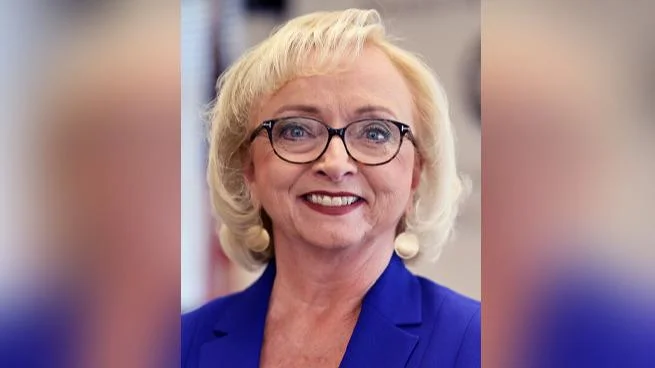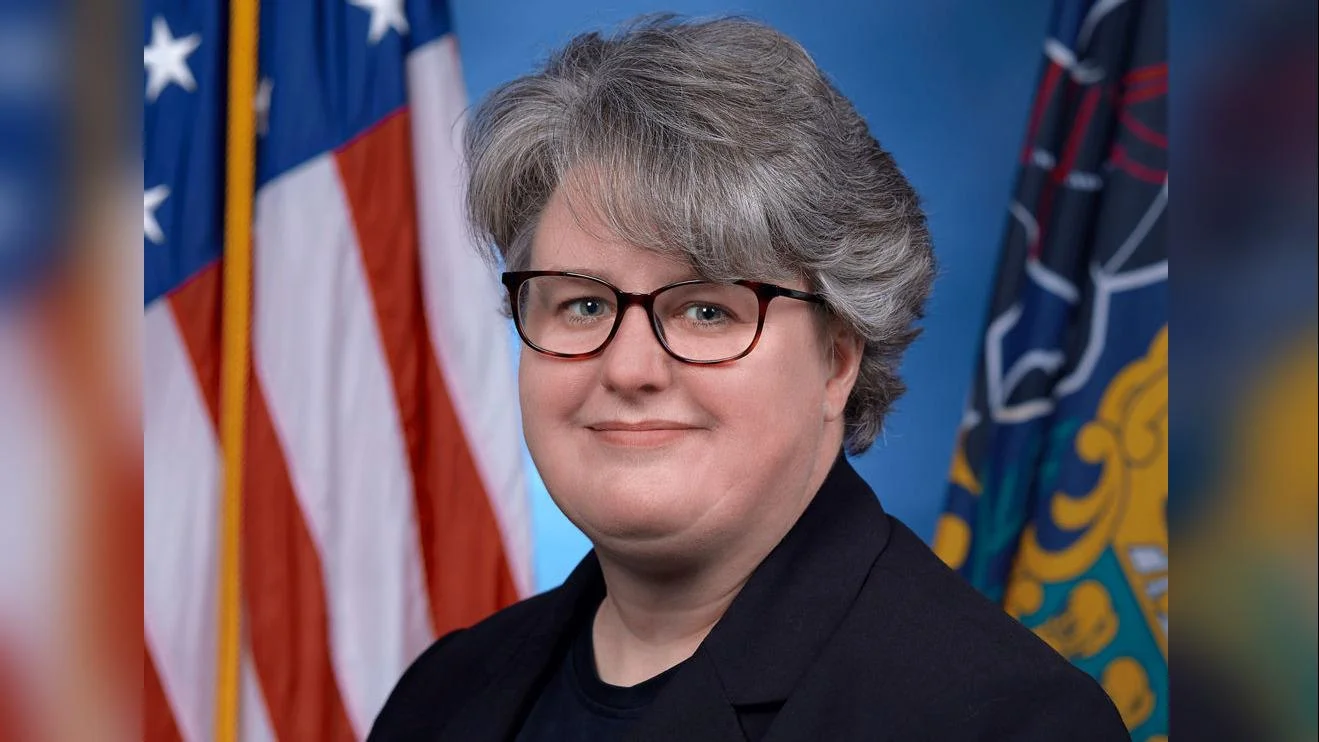
Mark Janus (plaintiff in Janus v. AFSCME) | x.com
MyPayMySay, an advocacy group, emphasizes the importance of educators being aware of and understanding the limited timeframes, known as opt-out windows, during which they can resign from their unions. This statement was made on its website on March 21.
"Understanding the opt-out process is critical, as educators may face barriers such as vague contract language or lack of clear guidance from their union," said MyPayMySay. "It's also important to recognize that leaving the union may affect some benefits. Including legal representation and access to certain professional development opportunities."
According to MyPayMySay, many public school teachers are unaware that they can only resign from their union during a brief annual opt-out window. This window is often hidden in union contracts and easy to miss. Although the 2018 Janus v. American Federation of State, County, and Municipal Employees (AFSCME) ruling affirmed that union dues cannot be mandated, teachers must still follow strict opt-out procedures. These include submitting paperwork within a narrow timeframe. Missing this window can lock educators into another year of dues, making it crucial to understand their rights, follow the proper steps, and seek reliable guidance to avoid missteps.
The Freedom Foundation reports that 300 public employees, including many teachers, opted out of their unions, collectively saving $240,000 in annual dues—an average of $800 per person. This money can now go toward personal expenses like family needs or future investments. For unions, it's a significant financial hit that reduces their ability to fund political agendas unrelated to workplace representation.
MyPayMySay provides educators with tools to navigate the union opt-out process, including state-specific guides and sample resignation letters. The organization advocates for teacher autonomy and student success by offering resources, policy insights, and support for informed decision-making.






 Alerts Sign-up
Alerts Sign-up